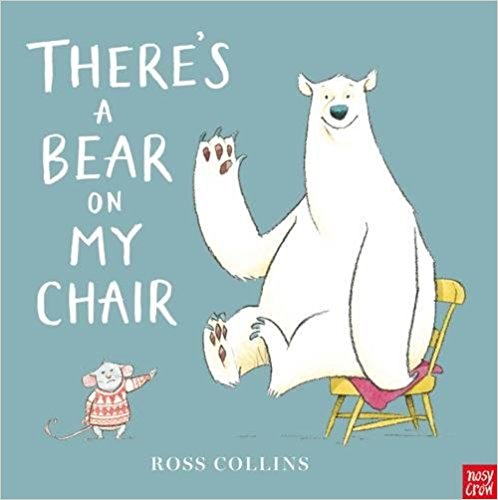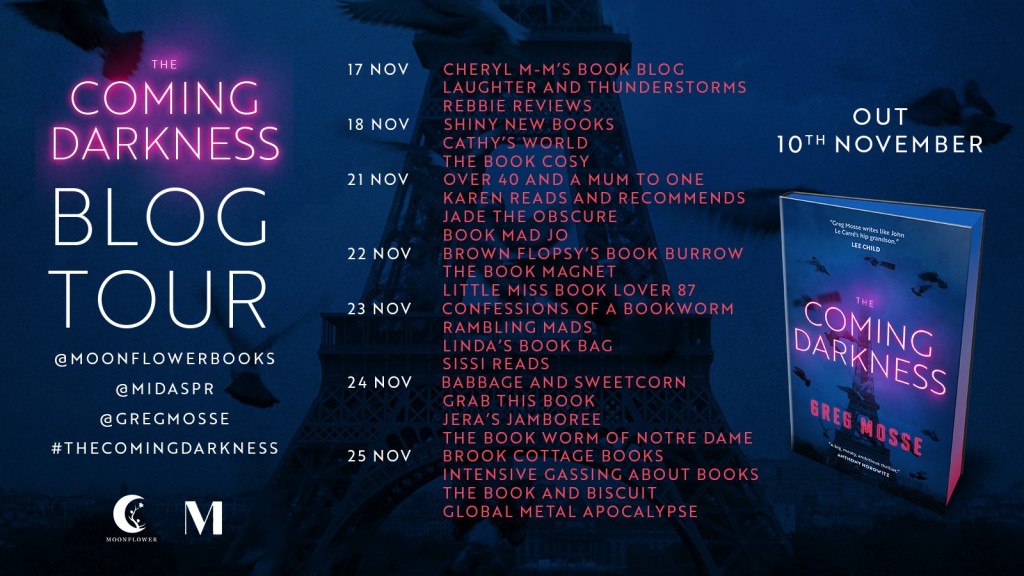
“These so-called bleak times are necessary to go through in order to get to a much, much better place.”
— David Lynch
Welcome to my stop on The Coming Darkness blog tour. A big thank you to Sofia at Midas PR for the invitation to take part, and to Moonflower Publishing for the gifted copy of the book.
A little sidenote on the author…
Greg Mosse is an actor, director, and writer with a long career in the theatre producing plays and musicals. He is also husband to the bestselling author Kate Mosse. So, he had quite a lot to live up to when in 2020, he decided to take advantage of the unending stream of COVID lockdowns (for which I have nothing more to show than one short story) to fulfil a long-held ambition of producing his first novel – The Coming Darkness.
NB. I will confess to having never read any of Kate Mosse’s work – not even Labyrinth. It’s one for the ‘to read’ list.
Onto the book….
I’ve had a love of dystopian fiction, ever since taking a glorious module on ‘utopias and dystopia’ as part of my undergrad politics degree. And, while it’s unlikely anything modern will ever surpass Make Room! Make Room! or 1984 (though Naomi Alderman’s The Power was damn good), this sounded scarily relevant to what is going on in the world today, so I was very excited to give it a go. I was not disappointed.
Mosse’s The Coming Darkness is set just a few years into our own future, and all too familiar themes of infection control, quarantine, climate change, and extreme geopolitical unrest that make it feel more of a prediction of things to come than a work of fiction. A prophecy of the bleak future that awaits us as we carry on along a path of almost certain destruction.
Set in Paris in 2037, in a time of poverty, exclusion, and disease, with the earth tipping dangerously close to complete environmental collapse (uncanny isn’t it?), The Coming Darkness follows the tale of Alexandre Lamarque, a disillusioned French special agent on the hunt for eco terrorists.
Alex notices signs of a new terror group – one that is widespread and reaches the highest levels – but experience has taught him there is no one he can trust. In search of the truth, Alex follows a trail of clues through an ominous spiral of events – from a theft from Norwegian genetics lab and a sequence of brutal child murders, to a chaotic coup in Northern Africa.
Finally, the stories come together, and the full picture is revealed in the coming darkness. Looming like a spectre on the horizon, the darkness foretells a plot of global level destruction the likes of which the human race has never seen before. It’s up to Alex to try and stop it before it’s too late.
I will be honest and say that I struggled a little with the book at first. The author has quite a distinct style – fast paced, with short chapters rapidly switching between merging storylines, and there is an awful lot of scene setting in the preliminary sections, with a seemingly unending list of characters, and a huge amount of technical information. As such it was a bit difficult to try and tie everything together. That said, I persevered – and would thoroughly recommend other readers do the same, because you will be rewarded.
The Coming Darkness was a great read. The book would probably benefit from a cast list of bios to allow readers to look up characters mentioned in previous chapters (I certainly would have appreciated this), but this is really my only gripe. The plot was gripping, and well executed, and I certainly found it difficult to put down as I got further into the story.
On the whole, I would thoroughly recommend this book for anyone interested in discovering new thrillers, or looking for an exciting read to get them the darker months.
To find out more or to purchase a copy of the book please visit Moonflower Publishing online.
I was sent a free copy of The Coming Darkness in exchange for an honest review.
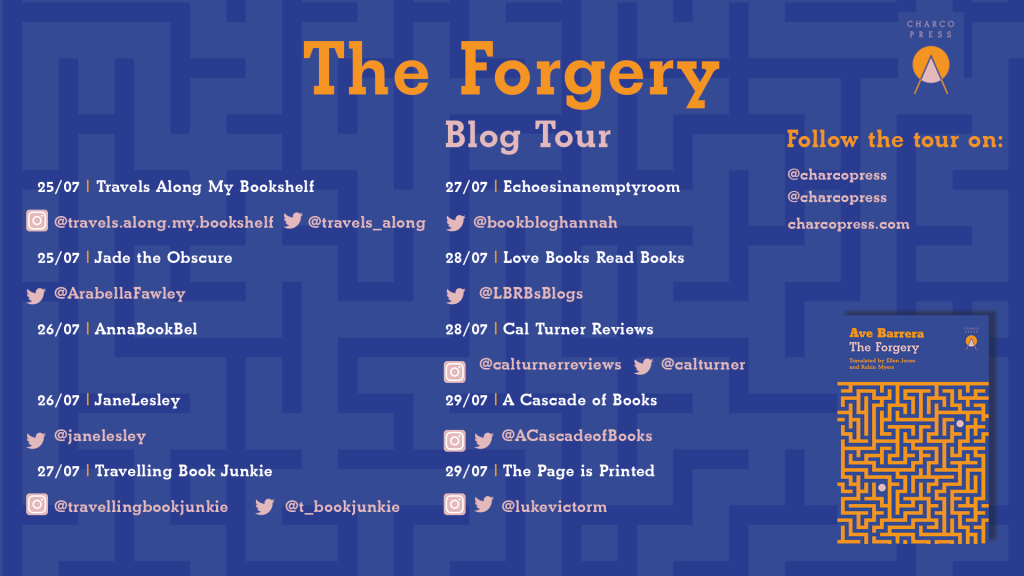
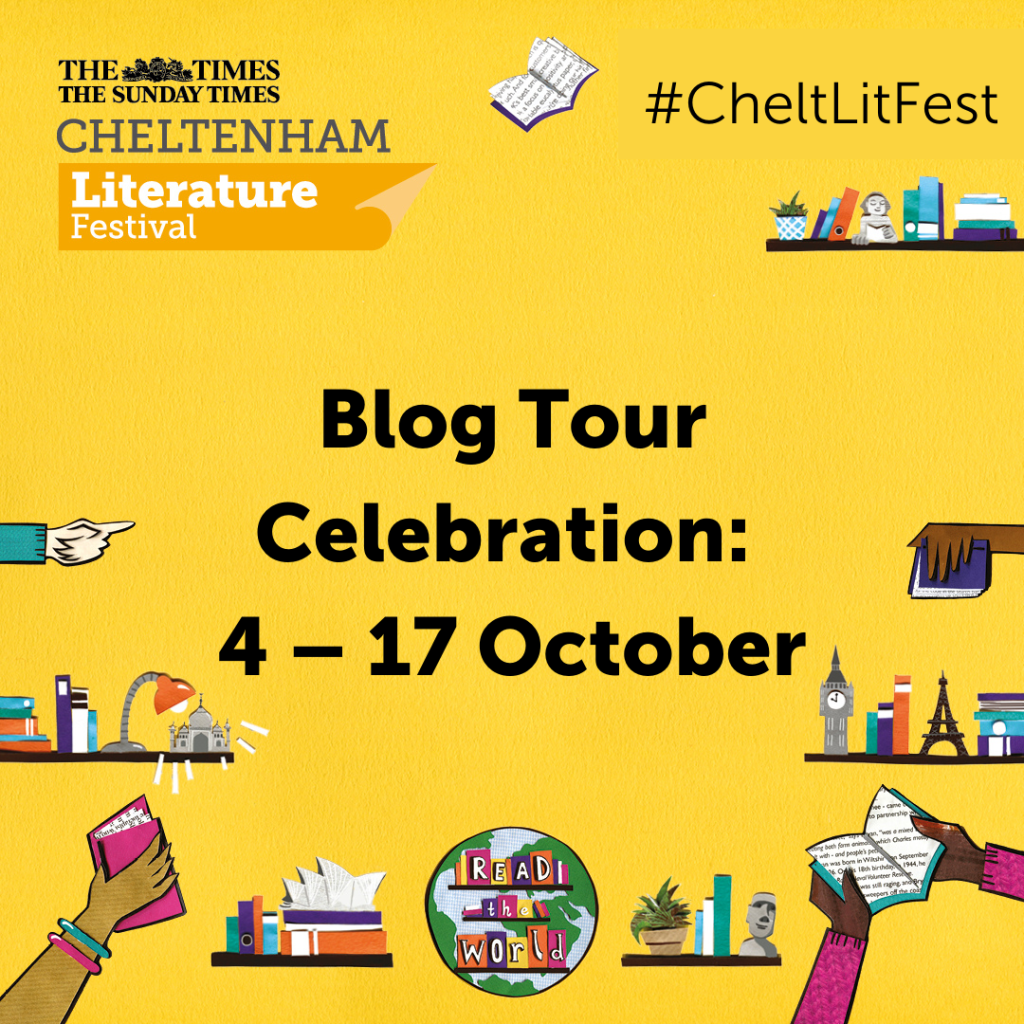
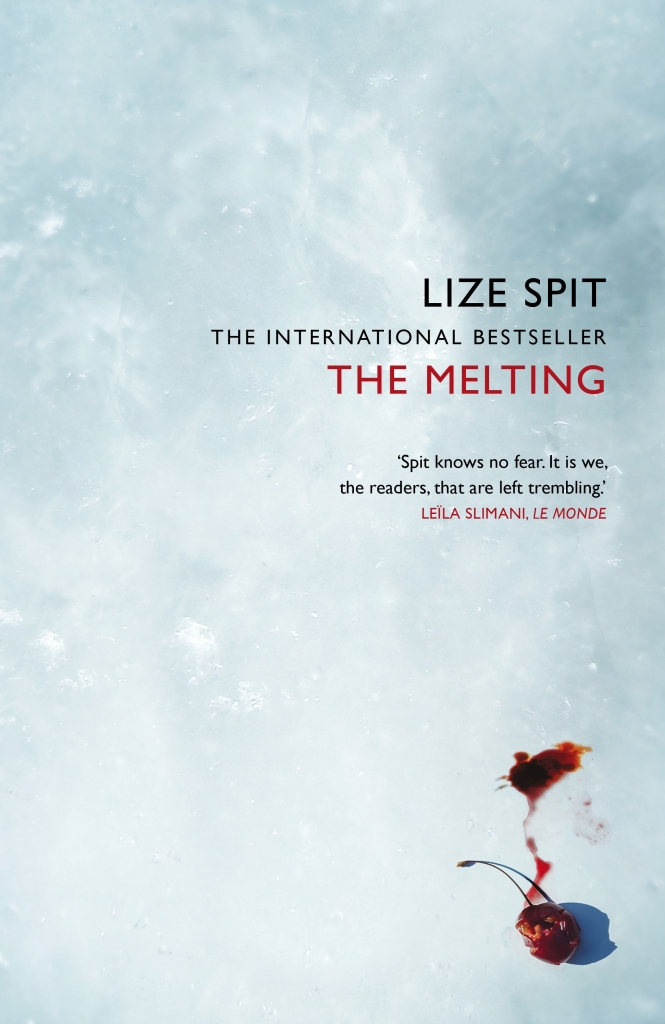

 So goes the story in ‘Beijing Smog’, the debut novel from Ian Williams, former correspondent for Channel 4 News and the Sunday Times newspaper, who spent more than two decades living, working and reporting on China. Dark, cynical and somewhat satirical, Williams presents a modern Chinese society that is suffocating and depressing, and might prove for hard reading were it not for an entourage of well-rounded, relatable characters, and, what I hope will prove to be, Williams’ signature satirical humour.
So goes the story in ‘Beijing Smog’, the debut novel from Ian Williams, former correspondent for Channel 4 News and the Sunday Times newspaper, who spent more than two decades living, working and reporting on China. Dark, cynical and somewhat satirical, Williams presents a modern Chinese society that is suffocating and depressing, and might prove for hard reading were it not for an entourage of well-rounded, relatable characters, and, what I hope will prove to be, Williams’ signature satirical humour.